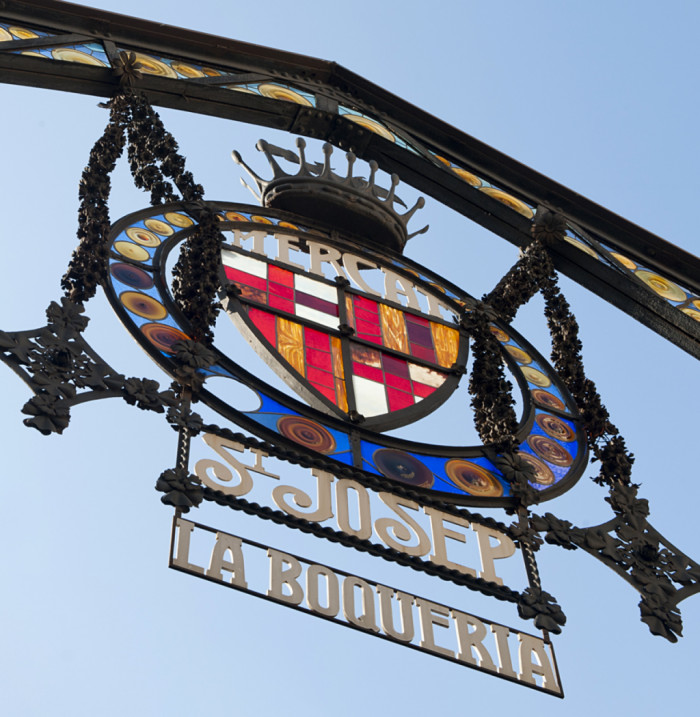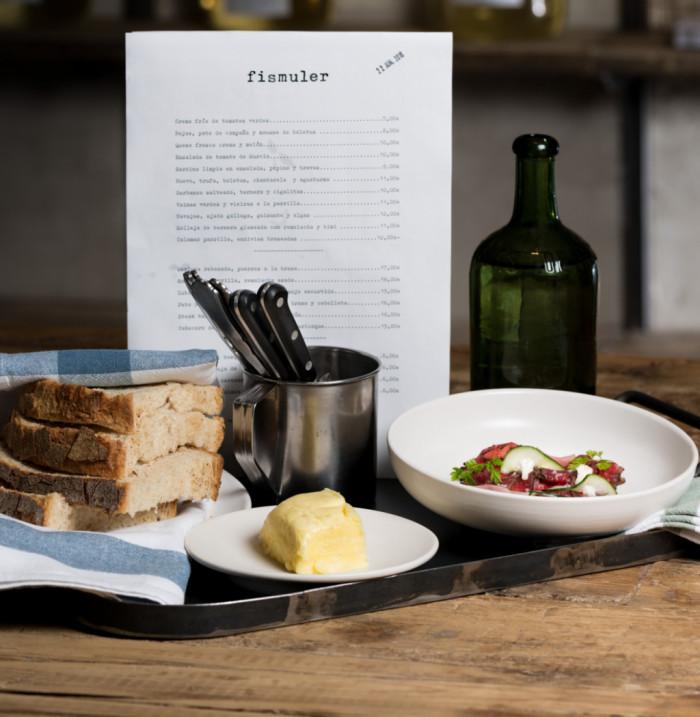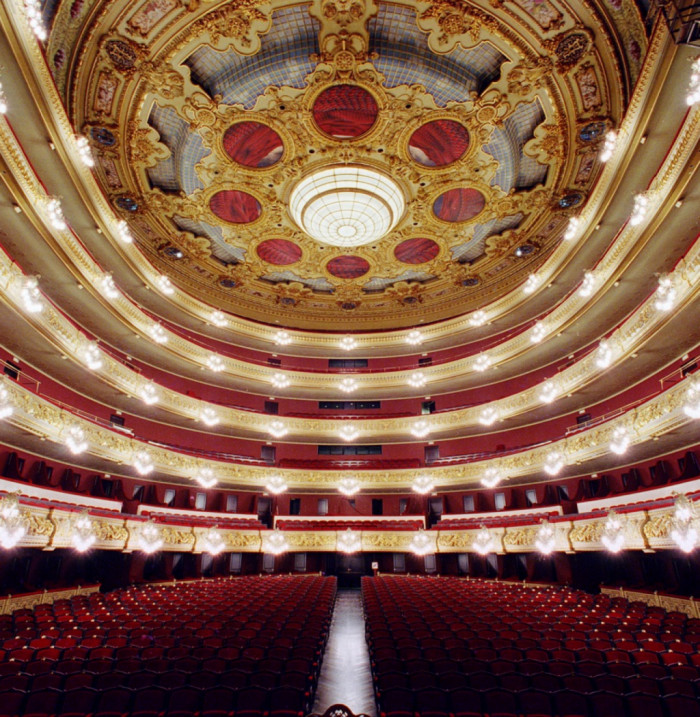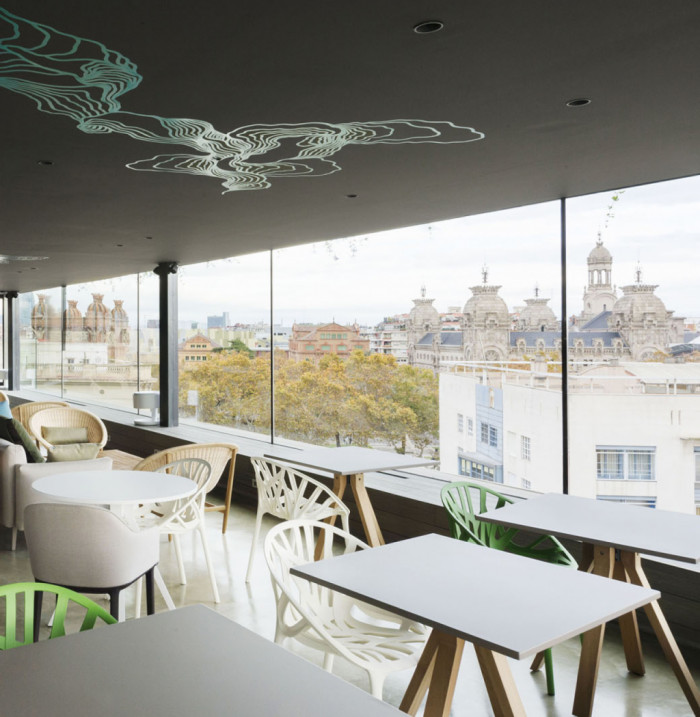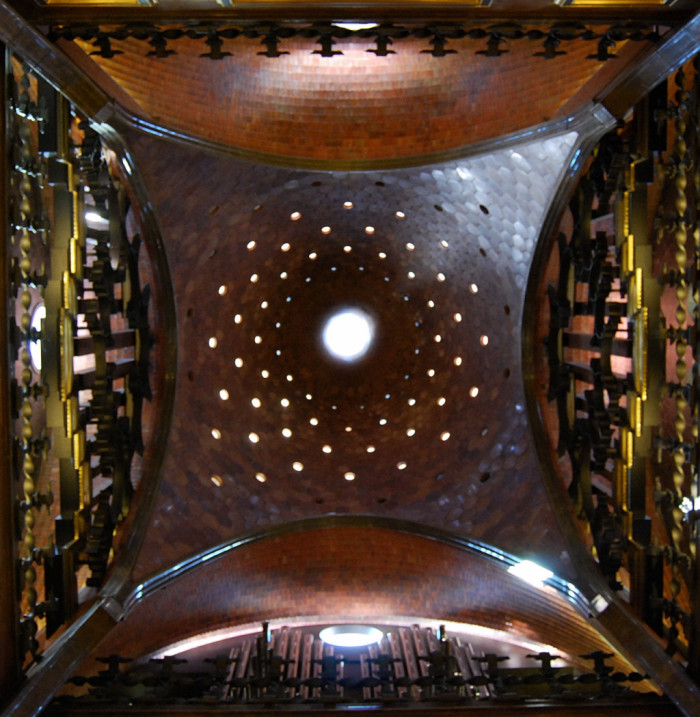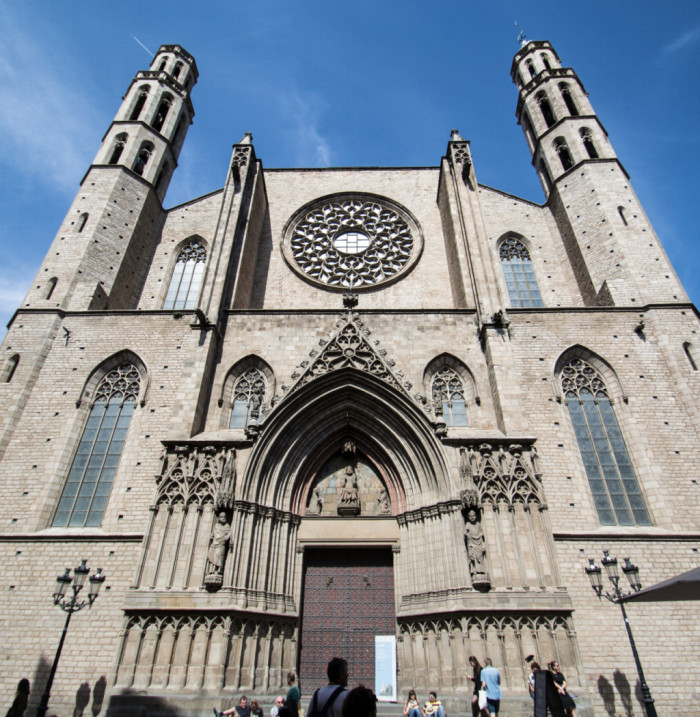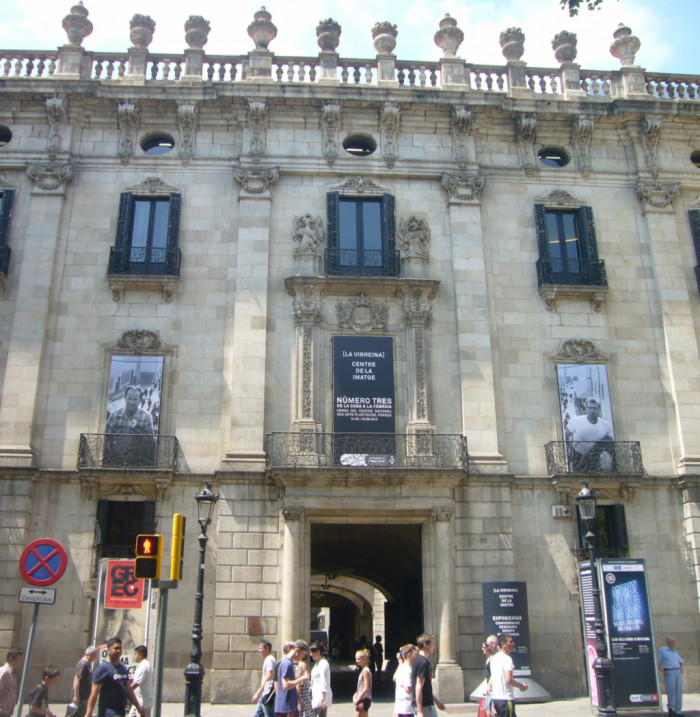- Culture
- Open Air
- Leisure
The city’s biggest wintertime festival is held in the middle of February, to celebrate Santa Eulàlia, one of the patron saints of Barcelona, and also known as Laia.
According to Barcelona legend, during the reign of Roman Emperor Diocletian, in the 4th century, Christians throughout the empire were persecuted. In Barcelona, many hid, while others fled. In light of the dire situation, Eulàlia, a thirteen-year-old girl who lived in the village of Sarrià, demonstrated great courage by going to the consul Daciano to rebel against these cruel acts. Eulàlia was jailed and punished, but she did not give up, and she fought so vehemently for her beliefs that it ended up costing her her life.
Since then, Eulàlia, has become a symbol of solidarity and social justice. She has been a patron saint of Barcelona since the 17th century, and is venerated by the city’s inhabitants to the present day.
Today, the festivals held in honor of this saint begin on February 12th with diverse programming including activities rooted in popular culture and designed for people of all ages. Some of the event’s favorite components are the Santa Eulàlia Processó, the Dance of the Àliga inside the Santa Maria del Mar Basilica, castellers, and the carrefoc firework spectacle, featuring the participation of the city’s historical bestiary and the diables.
The iconic dance of the region, la Sardana, also plays a special role in this festival. Organized by Cobla Ciutat de Barcelona, who also performs an interpretation of the dance of Santa Eulàlia, coinciding with the arrival of the Laias Procession. This procession is one of the oldest components of the modern celebration, led by one of the Giants of the Old City, popularly known as Laia.
Also in keeping with tradition, dozens of cultural centers, institutes, and museums around the city opt to join the party, with fun activities and open houses. Among the institutions participating this year are CosmoCaixa, the Mountain of Montjuïc, the Joan Miró Foundation, the Antoni Tàpies Foundation, the MUHBA History Museum, the MACBA Contemporary Art Museum, and the Maritime Museum.
Alongside these wintertime fests, the city also hosts Llum BCN, the festival that lights up the city, in which timeless tradition blends seamlessly in with new forms of expression that transform Barcelona using the language of light. At Llum BCN, you’ll find a wide array of activities that explore the creative possibilities of light and lighting design with projections, workshops, installations, and spectacles like video mapping.
The star of the show is the mapeo spectacles which illuminate the façades of various buildings and monuments around the city, also lit up for the occasion. It’s the perfect opportunity for taking a nighttime tour and seeing a new side to the Agbar Tower, the Palau de la Virreina, or the Arc de Triomf, just to name a few.


